Intro
Discover 5 key propranolol facts, including its uses, benefits, and side effects, as a beta blocker for anxiety, hypertension, and migraines, with insights into dosage, interactions, and therapeutic applications.
Propranolol is a medication that has been widely used for decades to treat various health conditions, including high blood pressure, angina, and certain heart rhythm disorders. Despite its common use, there are many interesting and lesser-known facts about propranolol that are worth exploring. In this article, we will delve into the world of propranolol and uncover some of its most fascinating aspects.
Propranolol is a beta-blocker, which means it works by blocking the effects of the hormone epinephrine, also known as adrenaline, on the body. This hormone is responsible for the "fight or flight" response, which can cause the heart to beat faster and blood vessels to constrict. By blocking the effects of epinephrine, propranolol can help to slow the heart rate and reduce blood pressure. This makes it an effective treatment for conditions such as hypertension, angina, and certain types of arrhythmias.
The history of propranolol is also quite interesting. It was first synthesized in the 1960s by a team of scientists at Imperial Chemical Industries (ICI), a British pharmaceutical company. The medication was initially tested as a treatment for high blood pressure, and it quickly showed promise as a highly effective and well-tolerated medication. Since its introduction, propranolol has become one of the most widely used medications in the world, with millions of people taking it every day to manage their blood pressure and other health conditions.
What is Propranolol Used For?
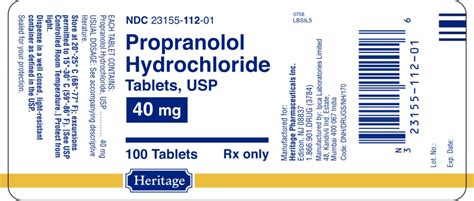
Propranolol is used to treat a variety of health conditions, including high blood pressure, angina, and certain heart rhythm disorders. It is also used to prevent migraine headaches and to treat performance anxiety and other conditions that are characterized by excessive nervousness or anxiety. In some cases, propranolol may be used to treat conditions such as tremors, akathisia, and other movement disorders. The medication works by blocking the effects of epinephrine on the body, which can help to slow the heart rate and reduce blood pressure.
Some of the specific conditions that propranolol is used to treat include:
- Hypertension (high blood pressure)
- Angina pectoris (chest pain)
- Arrhythmias (irregular heart rhythms)
- Migraine headaches
- Performance anxiety
- Tremors
- Akathisia (restlessness and agitation)
How Does Propranolol Work?
Propranolol works by blocking the effects of epinephrine on the body. Epinephrine is a hormone that is released by the adrenal glands in response to stress, excitement, or other stimuli. It causes the heart to beat faster and blood vessels to constrict, which can lead to increased blood pressure and other health problems. By blocking the effects of epinephrine, propranolol can help to slow the heart rate and reduce blood pressure.Benefits of Propranolol
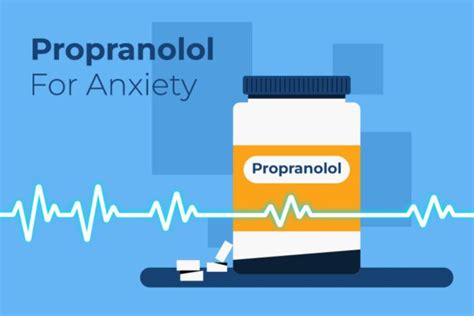
Propranolol has several benefits that make it a popular medication for treating a variety of health conditions. Some of the benefits of propranolol include:
- Effective treatment for high blood pressure and angina
- Can help to prevent migraine headaches
- Can be used to treat performance anxiety and other conditions characterized by excessive nervousness or anxiety
- Can help to reduce tremors and other movement disorders
- Generally well-tolerated and safe to use
Side Effects of Propranolol
While propranolol is generally well-tolerated and safe to use, it can cause some side effects in some people. Some of the common side effects of propranolol include: * Dizziness or lightheadedness * Fatigue or tiredness * Nausea or vomiting * Diarrhea or constipation * Headache or dizzinessPropranolol Dosage and Administration
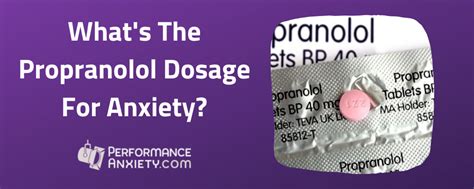
The dosage and administration of propranolol can vary depending on the specific condition being treated and the individual patient's needs. In general, propranolol is taken orally, either as a tablet or capsule, and is usually taken once or twice a day. The medication should be taken with food to reduce the risk of stomach upset.
Some of the factors that can affect the dosage and administration of propranolol include:
- Age and weight of the patient
- Severity of the condition being treated
- Presence of other health conditions or medications
- Patient's response to the medication
Precautions and Warnings
While propranolol is generally safe to use, there are some precautions and warnings that patients should be aware of. Some of the precautions and warnings include: * Propranolol can cause dizziness or lightheadedness, especially when standing up quickly * Propranolol can interact with other medications, including certain antidepressants and blood thinners * Propranolol can worsen certain health conditions, including asthma, diabetes, and heart failure * Propranolol should not be taken by pregnant or breastfeeding women without consulting a doctorPropranolol Interactions
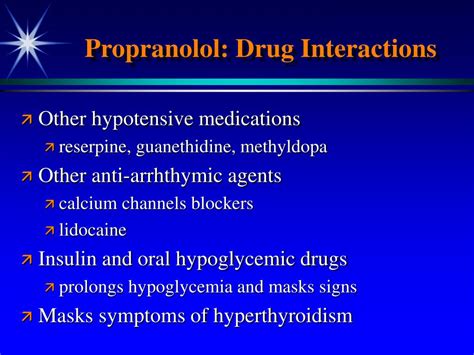
Propranolol can interact with other medications, including certain antidepressants, blood thinners, and other medications that affect the heart or blood vessels. Some of the medications that can interact with propranolol include:
- Certain antidepressants, such as fluoxetine and sertraline
- Blood thinners, such as warfarin and aspirin
- Other medications that affect the heart or blood vessels, such as digoxin and verapamil
Propranolol and Pregnancy
Propranolol should not be taken by pregnant or breastfeeding women without consulting a doctor. The medication can pass into breast milk and may harm the baby. Additionally, propranolol can worsen certain health conditions, including preeclampsia and placenta previa, which can increase the risk of complications during pregnancy.Propranolol and Breastfeeding

Propranolol can pass into breast milk and may harm the baby. Women who are breastfeeding should not take propranolol without consulting a doctor. The medication can cause drowsiness, hypotension, and other side effects in the baby.
Propranolol and Children
Propranolol can be used in children to treat certain health conditions, including hypertension and arrhythmias. However, the medication should be used with caution in children, as it can cause side effects such as dizziness, fatigue, and nausea.Propranolol and the Elderly
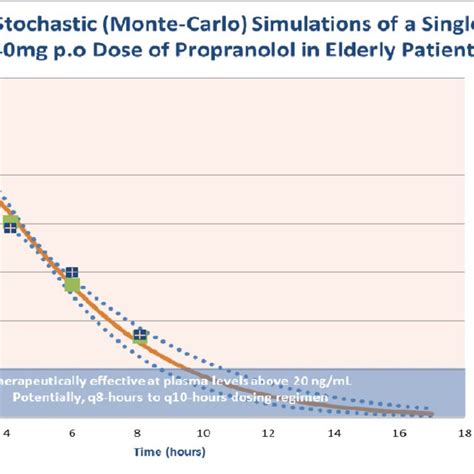
Propranolol can be used in the elderly to treat certain health conditions, including hypertension and angina. However, the medication should be used with caution in the elderly, as it can cause side effects such as dizziness, fatigue, and nausea.
Propranolol and Other Health Conditions
Propranolol can worsen certain health conditions, including asthma, diabetes, and heart failure. Patients with these conditions should use propranolol with caution and under the close supervision of a doctor.What is propranolol used for?
+Propranolol is used to treat a variety of health conditions, including high blood pressure, angina, and certain heart rhythm disorders. It is also used to prevent migraine headaches and to treat performance anxiety and other conditions characterized by excessive nervousness or anxiety.
How does propranolol work?
+Propranolol works by blocking the effects of epinephrine on the body. Epinephrine is a hormone that is released by the adrenal glands in response to stress, excitement, or other stimuli. It causes the heart to beat faster and blood vessels to constrict, which can lead to increased blood pressure and other health problems.
What are the benefits of propranolol?
+Propranolol has several benefits that make it a popular medication for treating a variety of health conditions. Some of the benefits of propranolol include effective treatment for high blood pressure and angina, prevention of migraine headaches, and treatment of performance anxiety and other conditions characterized by excessive nervousness or anxiety.
What are the side effects of propranolol?
+While propranolol is generally well-tolerated and safe to use, it can cause some side effects in some people. Some of the common side effects of propranolol include dizziness or lightheadedness, fatigue or tiredness, nausea or vomiting, diarrhea or constipation, and headache or dizziness.
Can propranolol be used in children and the elderly?
+Propranolol can be used in children to treat certain health conditions, including hypertension and arrhythmias. However, the medication should be used with caution in children, as it can cause side effects such as dizziness, fatigue, and nausea. Propranolol can also be used in the elderly to treat certain health conditions, including hypertension and angina. However, the medication should be used with caution in the elderly, as it can cause side effects such as dizziness, fatigue, and nausea.
In conclusion, propranolol is a medication that has been widely used for decades to treat various health conditions, including high blood pressure, angina, and certain heart rhythm disorders. While it is generally well-tolerated and safe to use, it can cause some side effects in some people. Patients should use propranolol with caution and under the close supervision of a doctor, especially if they have certain health conditions or are taking other medications. We hope this article has provided you with a comprehensive understanding of propranolol and its uses, benefits, and side effects. If you have any further questions or concerns, please do not hesitate to comment below or share this article with others who may find it helpful.
